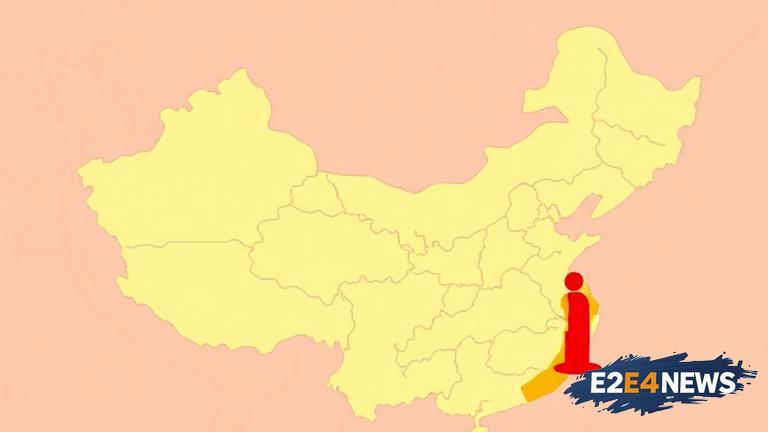China has taken a significant step to address its declining population growth by allocating $12.5 billion in subsidies to encourage families to have more children. This move is part of the country’s efforts to boost its birth rate, which has been declining over the years due to various factors such as the one-child policy, rising education and living costs, and changing social norms. The subsidies will be used to support families with children, including those with two or more kids, and will cover expenses such as education, healthcare, and childcare. The Chinese government has been concerned about the low birth rate, which has led to a rapidly aging population and a shrinking workforce. The country’s population growth rate has been declining since the 1990s, and the birth rate has been below the replacement rate of 2.1 children per woman since 1992. The one-child policy, which was introduced in 1979 and relaxed in 2016, has been a major contributor to the low birth rate. The policy, which allowed most urban couples to have only one child, led to a significant decline in the number of births and a rapidly aging population. The Chinese government has been trying to encourage families to have more children, but the response has been slow. The subsidies are expected to help increase the birth rate, but experts say that it will take time to see the results. The Chinese government has also introduced other measures to support families with children, including extended maternity leave, childcare support, and education subsidies. The government has also launched a campaign to promote the importance of having children and to encourage young people to get married and start families. Despite these efforts, the birth rate remains low, and the population is expected to peak in 2027 and then decline. The declining population growth has significant implications for China’s economy, including a shrinking workforce, reduced consumer spending, and increased burden on the pension system. The Chinese government is also concerned about the impact of the low birth rate on the country’s social security system, which is already facing significant challenges. The government has been trying to reform the pension system, but the low birth rate has made it more difficult. The subsidies are expected to help alleviate some of the pressure on the pension system, but more needs to be done to address the underlying issues. The Chinese government has also been trying to encourage immigration to help supplement the population, but this has been met with resistance from some quarters. The government has also been investing in education and training programs to help increase the productivity of the workforce and reduce the reliance on a large population. The low birth rate has also had a significant impact on the housing market, with many young people delaying marriage and childbirth due to the high cost of living. The subsidies are expected to help increase demand for housing, but the impact will depend on various factors, including the state of the economy and the housing market. The Chinese government is also concerned about the impact of the low birth rate on the country’s demographics, including the sex ratio at birth, which has been skewed in favor of boys due to the one-child policy. The government has been trying to address this issue through various measures, including education and awareness campaigns. Overall, the allocation of $12.5 billion in subsidies is a significant step towards addressing the low birth rate in China, but more needs to be done to address the underlying issues and to encourage families to have more children.
